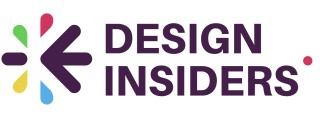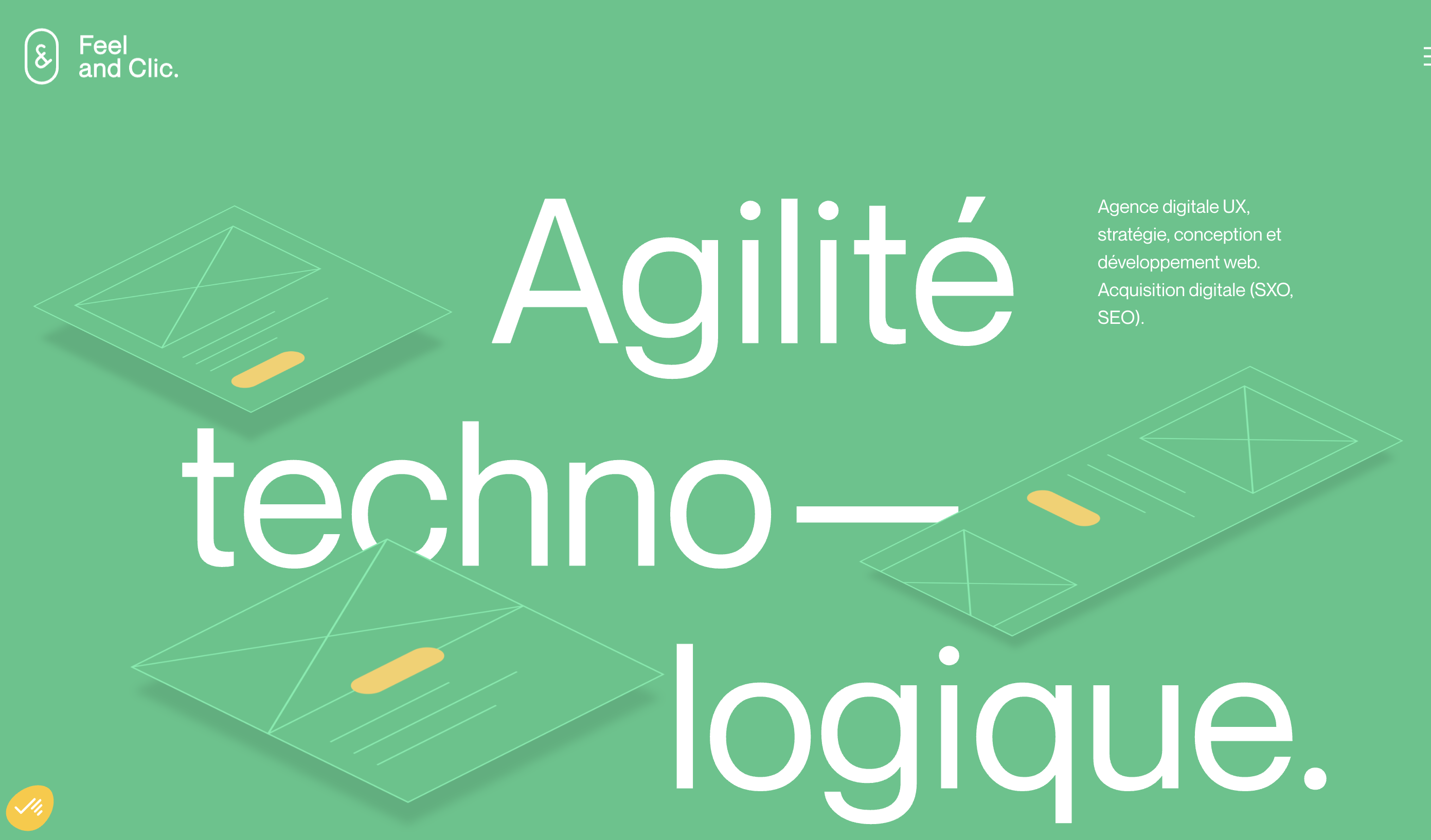
The Role of Emotion in Design
Understanding Emotional Responses in Design
Emotions play a pivotal role in design, often dictating how users connect with a product or service. When analyzing user segmentation, it becomes apparent that different groups respond uniquely to various design elements. It is crucial to understand these emotional triggers to make a meaningful impact.
Designers tap into psychological insights to create more appealing experiences for users. The right combination of colors, shapes, and textures can evoke feelings that encourage engagement and satisfaction. A well-crafted emotional response can convert casual viewers into loyal customers, reducing the effort required to build trust and credibility.
The importance of psychology in design cannot be overstated. Whether it’s tapping into the mental responses to specific colors or understanding the user’s cultural backdrop, these factors all influence how a design is perceived. Our ultimate goal is to forge an emotional connection with the user, encouraging continued interaction and establishing a lasting impression.
By emphasizing emotion-driven design, your team can create products that not only meet the users' needs but also elicit a positive emotional journey. This approach ensures that every element in the design is intentional and meaningful, fostering a deep connection that goes beyond mere usability and extends into a memorable experience.
Color Theory and Its Psychological Impact
Utilizing Color to Influence User Reactions
Color theory is a pivotal aspect in shaping the user experience, providing a mental map that navigates a user's emotions and guiding their responses to products and services. By strategically choosing colors, designers within a team can significantly influence how people perceive a brand or interact with a product.
Psychology plays a vital role in understanding the impact of color. Different hues evoke distinct emotional reactions, which can help tailor the overall message conveyed to the customer. For instance, warm colors such as red and orange can inspire enthusiasm and urgency, while cooler tones like blue and green often signal tranquility and reliability.
When integrating colors into design elements, it's crucial to consider the usability and the cognitive effort required for users to process the visual stimuli. Bright and contrasting colors might attract attention quickly, but overuse might overwhelm the user, making it harder for them to focus on key actions or messages. Balancing color choice with cognitive load is essential for maintaining an intuitive experience, which is elaborated in relation to design simplicity.
The interplay between cultural influences and individual perceptions must not be overlooked in the design process. Different demographic groups interpret colors distinctively, which means the product design team must conduct thorough analysis to avoid miscommunication and ensure the product appeals to targeted customers.
Ultimately, color is not merely a decorative component; it is a powerful tool in creating an emotional connection with users. To explore more strategies for crafting an effective design approach, consider enhancing your design strategy with informed decisions that include color psychology.
The Importance of User-Centered Design
Placing the User at the Heart of Design
In the realm of design, putting the user at the forefront is not just a modern buzzword but a staple for creating impactful products and services. User-centered design is a method that emphasizes the importance of understanding and anticipating the needs, behaviors, and limitations of users throughout the entire design process. By genuinely considering user feedback and conducting thorough user analysis, design teams can craft experiences that resonate on a deeper, more personal level.
The journey of crafting user-centered designs begins with acknowledging that the expectations and motivations of individuals can significantly influence how they perceive and interact with a product. By prioritizing customers' desires over mere aesthetics, organizations can reduce the cognitive effort required and enhance the usability of their products.
Implementing user-centered design not only demands insights into users' mental models but also involves aligning these insights with the creative vision of the design team. Maintaining a balance between aesthetics and functionality can help in curating solutions that appeal to both the emotional and rational sides of people.
Addressing the critical intersection between psychology and design, user-centered approaches do not exist in isolation. They are deeply connected with cognitive aspects that encourage simplicity and efficiency in design. By alleviating unnecessary cognitive load, designers create seamless interactions which customers find more intuitive and engaging.
In the ever-evolving landscape of design, remaining receptive to user feedback and ready to iterate designs ensures that the final product remains relevant and valuable over time. Embracing user-centered design is a commitment to continuous learning and adaptation, ultimately resulting in products that truly stand out in the market.
Cognitive Load and Design Simplicity
Balancing Complexity and Simplicity in Design
In the realm of design, understanding cognitive load is crucial. It's about how much mental effort users need to exert when interacting with a product or space. A well-designed interface or interior should minimize this effort, allowing users to feel comfortable and supported. This is where the principles of design psychology come into play, helping to create environments that are both functional and aesthetically pleasing.
When designing, it's essential to consider the elements that can influence a user's experience. For instance, the use of natural light and materials can significantly impact mood and usability. These elements not only enhance the aesthetic appeal but also contribute to a sense of well-being and comfort. By reducing cognitive load, designers can help users focus on the task at hand, rather than being distracted by overly complex or cluttered designs.
Moreover, understanding cognitive biases is vital. These biases can affect how people perceive and interact with design elements. For example, a cluttered interface might overwhelm users, while a minimalist approach can provide clarity and ease of use. The goal is to create a balance that supports the user's journey, whether it's through a digital product or an interior space.
Design teams should work collaboratively to ensure that every aspect of a product or service is user-centered. This involves considering how different design approaches can expand the usability and appeal of a product. By focusing on simplicity and clarity, designers can enhance the overall user experience, making it more intuitive and enjoyable.
Cultural Influences on Design Perception
Recognizing the Effect of Social Contexts on Design
When considering cultural influences, it's essential to understand how different social contexts shape people's perceptions and experiences with design. This factor can significantly affect the user's response to product design and usability.
Culture profoundly impacts the cognitive elements of how customers and users interact with design. Society's shared values and norms can subtly but powerfully influence the interpretation of visual cues, color symbolism, and emotional resonance. For instance, what might be perceived as an effective design element in one cultural group may not hold the same appeal or clarity for another.
Designers must therefore engage in thorough analysis of cultural contexts. This includes understanding how cultural backgrounds influence users' interactions with products and services, thereby creating a more inclusive and intuitive user experience. Moreover, designing products with cross-cultural usability in mind can reduce the cognitive load on users, enhancing their overall experience and the effort required in interaction.
It is beneficial for design teams to consider collaborating with cultural experts throughout the design process. This partnership can help ensure that the design not only meets the aesthetic expectations of a diverse customer base but also aligns with their mental models and psychological predispositions. By acknowledging the role cultural influences play in shaping design perception, teams can create more universally effective designs.





